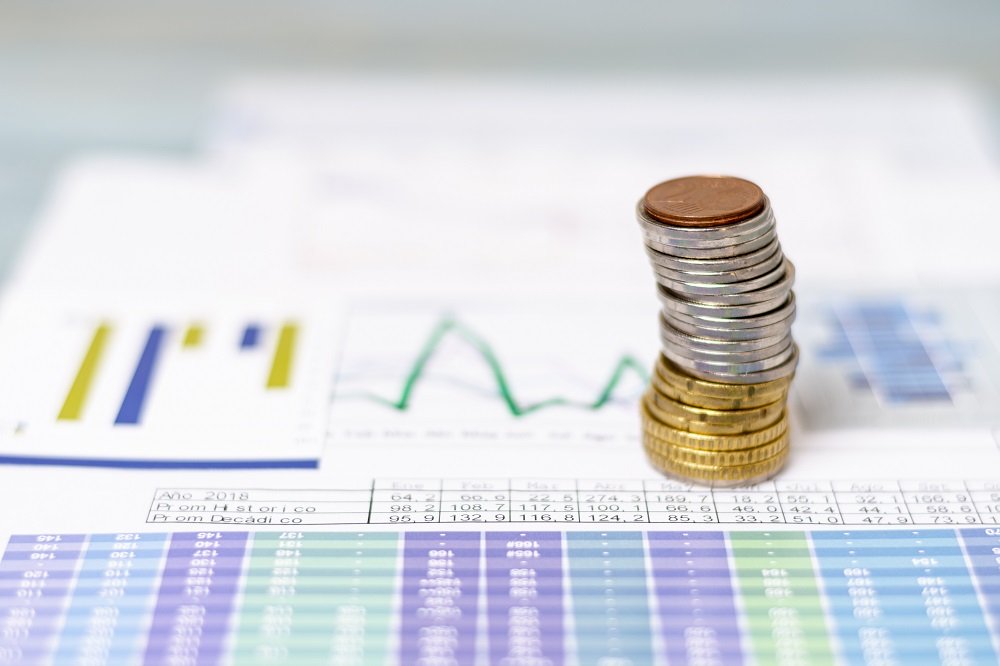How much money will you need to live comfortably in retirement? It’s a question many of us ask ourselves and it’s not easily answered. Certainly, it’s not a case of plucking a figure out of our heads – budgeting comes heavily into it.
Luckily, consumer sites such as Which provide a good steer on the kind of things to think about. They have also broken down their retirement spending graphs to help couples and singles save for either a Essential, Comfortable or Luxury retirement.
According to their 2019 survey, the average retired household spent around £2,200 a month (roughly £27,000 a year). That included luxuries such as European holidays, hobbies and eating out. Those who liked to take long-haul trips and replace their car every five years were aiming for a retirement pot of around £42,000 per year.
Most people have a pension from their employer or via a private pension fund. The state pension for those qualifying on or after 6 April 2016 in 2019/20 is £168.60 per week, but it varies depending on National Insurance payments, for instance. Roughly though, the average man will receive £151.84 a week (£7,895 a year) and the average woman was £143.85 (£7,480) a year.
Different ways to invest with your pensions
If you plan on saving money by paying additional contributions to your pension, then there are several ways you can do this. Generally you can pay into investment funds such as shares, bonds or cash. This could be a fund which specialises in investing in shares in European companies, for instance. Or, you could invest in a fund which diversifies i.e. invests in different asset groups.
If your pension pot is pretty sizeable, then you can also consider investing in a Self-Invested Personal Pension (otherwise known as SIPP) or a Small Self-Administered Pension (SSAS).
Overview of investing SIPP/SSAS in peer to peer
With a SIPP you can decide yourself when you want to invest your money. More and more individuals are choosing to do so through ‘alternative finance’ means, such as P2P lending. And, just like other pension funds, you will get 20 per cent of tax relief.
SSAS is usually restricted to directors of Limited Companies and is on behalf of that company’s employees. There is a lot of flexibility as to what to invest in with this type of scheme. There can be up to 11 members – both employees and family members.
Key Benefits of investing with SIPP/SSAS in peer to peer
- You can earn up to 12% pa tax free with your pension
- It’s possible to diversify and spread your risk across different projects
- Legitimate Peer 2 Peer Lending companies are all FCA-approved
- All investments are secured by first legal charges at Sourced and secured against assets in the form of UK property
- There are no upfront fees to worry about
- Unlike with many large pension schemes you will know exactly how your money is being used with a Peer2Peer scheme – because you have been instrumental in choosing the projects yourself
Remember when investing, your capital is at risk. P2P investments are not covered by the Financial services compensation scheme (FSCS). Your returns may vary.
